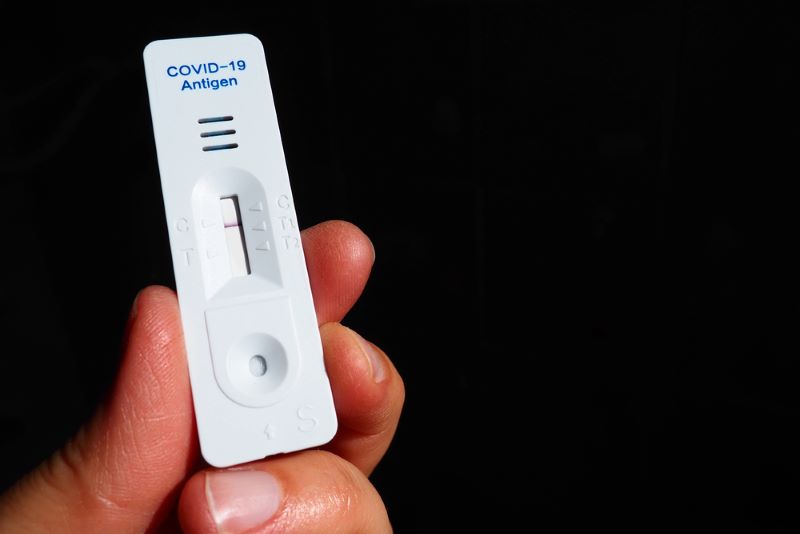Click here to get this post in PDF
This guide aims to assist organizations, and other businesses develop appropriate Covid-19 testing plans to maintain safe operations during the pandemic. The most important thing of several measures is to minimize the spread of a novel coronavirus and ensure the health of workers, customers, and others. One testing strategy does not fit all.
Following are the three steps you should follow to build the best testing plan for your organization:
1. Determine your business’s covid risk
-You are at risk of being infected with Covid-19 at work
-Covid-19 outbreaks at the workplace
-If an infected employee does enter the workplace, there is a risk of transmission.
While remote work is the safest option to prevent Covid19 from spreading among your employees, not all organizations put in place a COVID-19 testing plan or make the shift to such arrangements wholly or partly. For those open to employees, customers, or others, it is necessary to assess their risks their mitigation measures and determine what type of testing is necessary.
The guide cannot provide you with an exact rating of your risk level, but you can better understand the overall risk level with a “ballpark” understanding. We provide a compilation of important factors to consider when estimating risk, utilizing CDC, OSHA, and other expert sources. You will find external resources at the end of this section that guides you through the process, including some tailored to certain sectors or industries and links to relevant CDC and OHSA websites.
2. Select the right testing strategy
Choose a testing strategy based on the risk level and the testing objectives. It is essential to tailor testing protocols based on the risk assessment described above, community priorities, test availability, and budget. Organizations can use city- or county-run resources outside the workplace for free, routine testing. Some of these sites attempt to bill your employees’ health insurance; however, some policies do not cover routine testing for work-related reasons. However, it is always best practice to have an inventory of a COVID 19 Point of Care Test available for employees to use as necessary for those emergency situations.
Therefore, if you pursue this option, make sure you and your employees know the costs involved. Testing can sometimes be more efficient if it is done on-site or if it is done in partnership with an existing testing company or site. Covid19 cases may change as your company and community change, so you must adapt the testing strategies you select.
Covid-19 cannot be controlled by testing alone; it needs to be coupled with other mitigation measures and vaccination to the extent possible. A positive test result for Covid-19 must also be promptly isolated along with the identification, quarantine, and testing of close contacts of those individuals. Towards implementing your testing strategy, we discuss public health measures in the chapter titled “Putting Your Strategy into Practice.”
3. Implementing Your Strategy
Routine screening is the most effective mitigation when all close contacts of positive individuals are quickly identified, quarantined, and encouraged to be tested. A public health agency is responsible for contact tracing, but it often takes time and is dependent on the employee’s memory. Internal protocols may make identifying other employees and quarantining them faster. When employees receive paid time off during quarantine while waiting for test results and while sick with Covid-19, they will be more likely to consent to routine testing and report positive external results (either for themselves or those living in their house).
According to the CDC, close contact is at least 15 minutes spent within 6 feet of an individual who tests positive for Covid19 in 24 hours. However, your company may also choose to identify and test less-close contacts. During work breaks, groups of people may congregate in a small, enclosed area or groups who gather in a confined space during which masks are removed.
You may also like: Can Employers Force Employees to Take the COVID-19 Vaccine for Workplace Safety
Image source: Depositphotos.com

